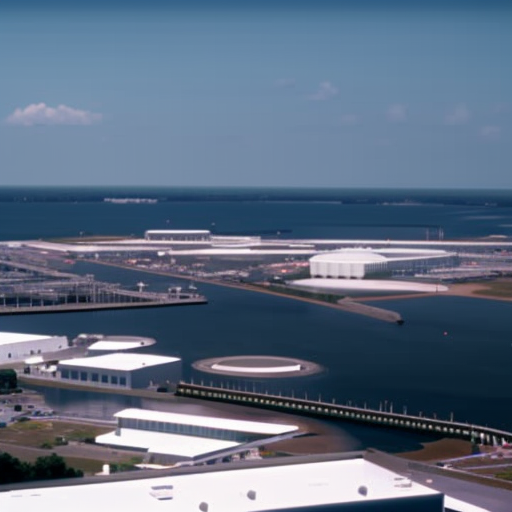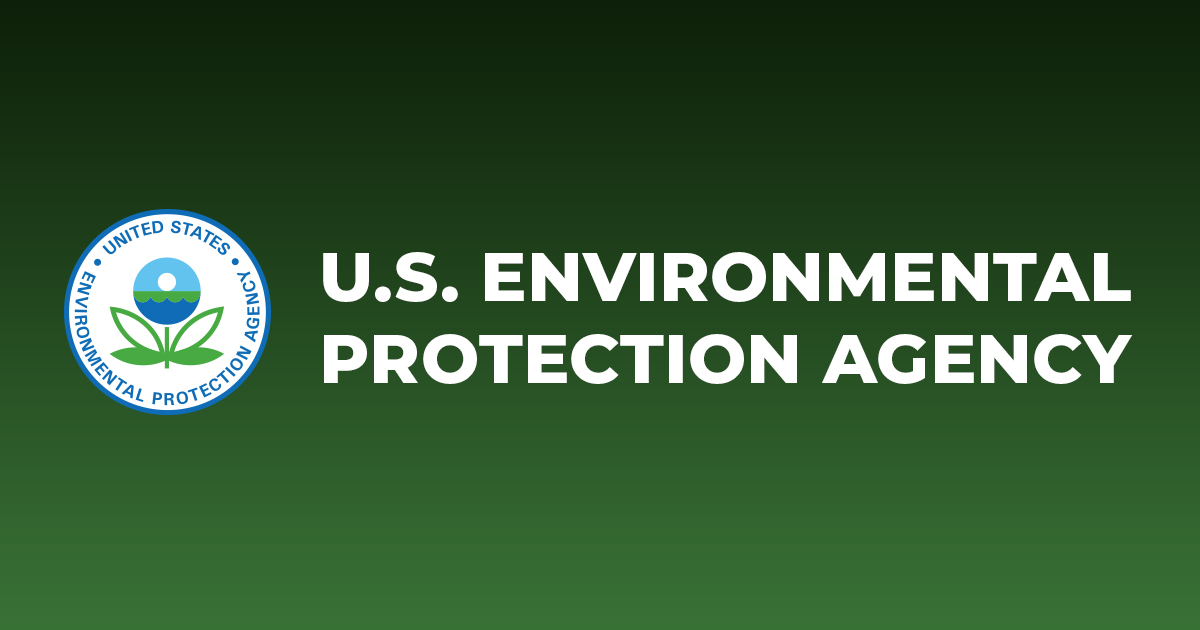
The Resilience of Rhode Island’s Wastewater Treatment Infrastructure

Introduction
The historic flooding of the Pawtuxet, Pawcatuck, and Blackstone Rivers in 2010 caused widespread damage to Rhode Island’s wastewater treatment infrastructure, inundating two of its 19 wastewater treatment facilities and partially flooding another facility. At the same time, many of Rhode Island’s pumping stations, which help collect and transport wastewater, became inoperable. Not only is riverine flooding likely to occur with increased severity and frequency in the future, but coastal flooding from major storm events could also damage many of Rhode Island’s 14 wastewater treatment facilities along the shoreline. In response to these growing concerns, the Rhode Island Department of Environmental Management (RIDEM) recognized the need to enhance the resilience of the wastewater infrastructure to the risks posed by a changing climate.
Sustainable Development Goals (SDGs)
- SDG 6: Clean Water and Sanitation
- SDG 11: Sustainable Cities and Communities
- SDG 13: Climate Action
Vulnerability Assessment and Adaptation Strategies
To inform and enable financial investment in the resilience of Rhode Island’s wastewater treatment infrastructure, RIDEM sought to better understand the climate-related risks faced by individual wastewater treatment facilities and establish a financing mechanism for reducing these risks. RIDEM began this effort by publishing the report, Implications of Climate Change for RI Wastewater Collection & Treatment Infrastructure, in 2017. This study assessed each wastewater treatment facility in the state, identified their vulnerabilities to climate change-related impacts, and developed adaptive strategies to minimize these vulnerabilities. These facility-level assessments incorporate projections of climate change over time — including sea level rise, shoreline change, and coastal and riverine hazards — as well as data on how weather events affected the State’s wastewater treatment facilities in the past. Based on these data, RIDEM identified the top three climate-amplified hazards for each individual facility and recommended adaptation strategies to address these risks (e.g., hardening, relocation, replacement/repair of individual systems, and redundancy).
Wastewater Treatment Facility Resilience Fund
Following the release of the facility-level vulnerability assessments, RIDEM announced the creation of the Wastewater Treatment Facility Resilience Fund (WWTFRF) in 2019 to help Rhode Island’s wastewater treatment plants finance the adaptation measures recommended by each facility-level assessment. Proceeds from Rhode Island’s Green Economy and Clean Water Bond, which was approved by voters in 2018, supported the $5 million fund. The WWTFRF sought proposals for projects that would “harden, relocate, repair/replace, and/or provide redundancy to government-owned wastewater treatment facilities (and/or critical equipment/components within) to protect these facilities from hazards/impacts related to climate change.” Eligibility for funding included any government-owned wastewater treatment facilities in the state, but not stormwater and drinking water facilities. The WWTFRF encouraged municipalities interested in receiving WWTFRF funds to examine the 2017 vulnerability assessments to inform the development of their applications. The WWTFRF awarded 50% matching grants, with the funding divided into two sub-funds: the “small projects sub-fund,” providing up to $250,000 for projects estimated to cost $500,000 or less, and the “large projects sub-fund,” providing up to $1,250,000 for all other projects. The Rhode Island Infrastructure Bank helped finance some of the grantees’ matches, particularly for the grant’s largest awards.
Implementation and Results
In April 2020, RIDEM awarded $4.7 million in matching grants to fund wastewater treatment facility resilience projects in 15 municipalities across the state. The projects included: upgrades to protect facilities from flooding, such as installing flood-proof pumps and elevating or relocating structures and components; installing emergency generators to allow facilities to continue running during storm-induced power outages; and constructing grit-removal systems to protect facilities from increased sediment flows during intense rainfall events.
Conclusion
Rhode Island’s two-pronged vulnerability assessment and funding approach provided municipalities with the information they need to better focus their adaptation efforts and the financial resources critical to implementing these strategies. Ultimately, by combining statewide matching grant funding with wastewater treatment facility vulnerability assessments, Rhode Island provided adaptation funding outside of the federal financing mechanisms often used for wastewater treatment systems and reduced the technical and financial burden on its municipalities to address their climate vulnerabilities.
Similar Cases and More Information
See how Boston and Washington, DC addressed vulnerability to sea level rise and riverine flooding at their wastewater facilities:
References
SDGs, Targets, and Indicators
-
SDG 6: Clean Water and Sanitation
- Target 6.5: By 2030, implement integrated water resources management at all levels, including through transboundary cooperation as appropriate.
- Indicator 6.5.1: Degree of integrated water resources management implementation (0-100).
- Indicator 6.5.2: Proportion of transboundary basin area with an operational arrangement for water cooperation.
The article discusses the need to enhance the resilience of Rhode Island’s wastewater infrastructure to climate change-related risks. This aligns with SDG 6, which focuses on ensuring availability and sustainable management of water and sanitation for all. Specifically, the article highlights the vulnerability of wastewater treatment facilities to flooding and the efforts to reduce these risks through adaptation strategies.
-
SDG 11: Sustainable Cities and Communities
- Target 11.5: By 2030, significantly reduce the number of deaths and the number of people affected and substantially decrease the direct economic losses relative to global gross domestic product caused by disasters, including water-related disasters, with a focus on protecting the poor and people in vulnerable situations.
- Indicator 11.5.1: Number of deaths, missing persons, and directly affected persons attributed to disasters per 100,000 population.
- Indicator 11.5.2: Direct economic loss attributed to disasters in relation to global gross domestic product (GDP).
The article highlights the need to protect wastewater treatment facilities from hazards and impacts related to climate change, such as flooding. This aligns with SDG 11, which focuses on making cities and human settlements inclusive, safe, resilient, and sustainable. The article also mentions the funding provided to municipalities for resilience projects, which contributes to reducing economic losses caused by water-related disasters.
-
SDG 13: Climate Action
- Target 13.1: Strengthen resilience and adaptive capacity to climate-related hazards and natural disasters in all countries.
- Indicator 13.1.1: Number of deaths, missing persons, and directly affected persons attributed to disasters per 100,000 population.
- Indicator 13.1.2: Direct economic loss attributed to disasters in relation to global gross domestic product (GDP).
The article focuses on the need to enhance the resilience of wastewater infrastructure to the risks posed by a changing climate. This aligns with SDG 13, which aims to take urgent action to combat climate change and its impacts. The article discusses vulnerability assessments, adaptation strategies, and funding for resilience projects, all of which contribute to strengthening resilience and adaptive capacity to climate-related hazards.
Table: SDGs, Targets, and Indicators
| SDGs | Targets | Indicators |
|---|---|---|
| SDG 6: Clean Water and Sanitation | Target 6.5: By 2030, implement integrated water resources management at all levels, including through transboundary cooperation as appropriate. | Indicator 6.5.1: Degree of integrated water resources management implementation (0-100) Indicator 6.5.2: Proportion of transboundary basin area with an operational arrangement for water cooperation. |
| SDG 11: Sustainable Cities and Communities | Target 11.5: By 2030, significantly reduce the number of deaths and the number of people affected and substantially decrease the direct economic losses relative to global gross domestic product caused by disasters, including water-related disasters, with a focus on protecting the poor and people in vulnerable situations. | Indicator 11.5.1: Number of deaths, missing persons, and directly affected persons attributed to disasters per 100,000 population. Indicator 11.5.2: Direct economic loss attributed to disasters in relation to global gross domestic product (GDP). |
| SDG 13: Climate Action | Target 13.1: Strengthen resilience and adaptive capacity to climate-related hazards and natural disasters in all countries. | Indicator 13.1.1: Number of deaths, missing persons, and directly affected persons attributed to disasters per 100,000 population. Indicator 13.1.2: Direct economic loss attributed to disasters in relation to global gross domestic product (GDP). |
Copyright: Dive into this article, curated with care by SDG Investors Inc. Our advanced AI technology searches through vast amounts of data to spotlight how we are all moving forward with the Sustainable Development Goals. While we own the rights to this content, we invite you to share it to help spread knowledge and spark action on the SDGs.
Fuente: epa.gov

Join us, as fellow seekers of change, on a transformative journey at https://sdgtalks.ai/welcome, where you can become a member and actively contribute to shaping a brighter future.






